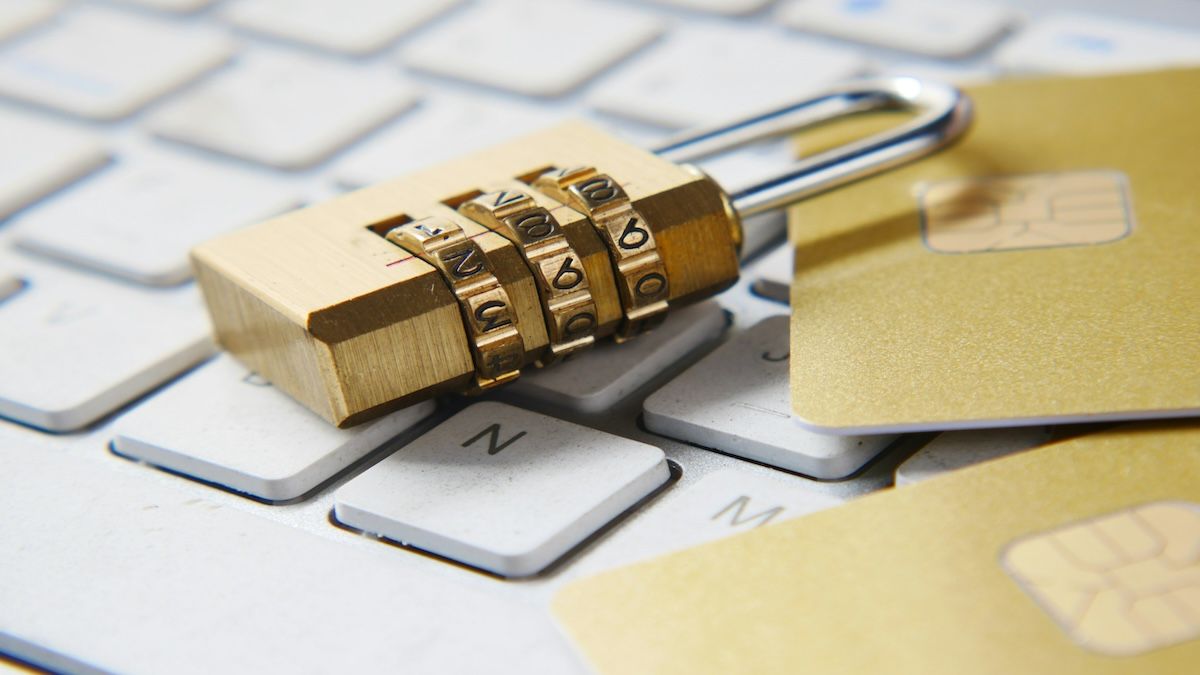Is Cybersecurity Ready for the Quantum Threat?
Mac Milin Kiran / Sep 26, 2024
Photo by Towfiqu barbhuiya on Unsplash.
As quantum breakthroughs inch closer, the specter of broken encryption haunts the digital realm, leaving experts grappling with an unsettling question: What happens when our most trusted defenses crumble? What if the cryptographic shields that protect our most sensitive data suddenly became obsolete? This is not the stuff of fiction but a real possibility as quantum computing inches closer to reality. It’s not just about faster computers or more complex calculations - quantum computing could fundamentally disrupt the very foundations of cybersecurity, exposing everything from personal data to state secrets.
Quantum computing operates on principles that defy our everyday understanding. While classical computers use bits, represented as 0s or 1s, quantum computers use qubits, which can exist in multiple states at once thanks to a phenomenon known as superposition. Imagine trying to guess the outcome of a coin toss, but instead of heads or tails, the coin can be both - until you look at it. The sheer complexity and power of this technology mean that problems previously unsolvable, like factoring the large prime numbers that secure our digital communications, could soon be trivial for a quantum computer.
The implications are staggering. The RSA and ECC algorithms, which underpin secure communications across the internet, stand defenseless against quantum decryption. What we trust today to protect everything from financial transactions to confidential state communications could be shattered in an instant. And it’s not just an abstract threat. Every piece of encrypted data - your bank details, health records, even your most private messages - could suddenly be laid bare, readable to anyone wielding quantum capabilities.
To address this threat, the National Institute of Standards and Technology (NIST) has recently finalized a set of Post-Quantum Cryptography (PQC) standards designed to withstand the power of quantum decryption. These new encryption tools are a significant advancement, safeguarding e-commerce transactions and confidential emails in a world where traditional algorithms like RSA and ECC would be ineffective. NIST's push for early adoption signals a crucial turning point in digital security, urging computer system administrators to begin transitioning before it's too late.
Yet, PQC alone might not be the silver bullet we need. While these new standards are critical, they aren’t provably unbreakable. This is where Quantum Key Distribution (QKD) comes into play. QKD uses the principles of quantum mechanics to securely exchange encryption keys between a sender and a receiver, ensuring that any attempt to intercept the keys is instantly detectable. It’s like sending a message in a sealed box that will self-destruct if anyone tries to peek inside. The message remains intact only if it reaches the intended recipient, untouched and unseen.
Unlike PQC, which relies on mathematical assumptions that future breakthroughs could invalidate, QKD provides information-theoretic security, meaning it remains secure even against infinite computational power. Combining PQC with QKD creates a more resilient, adaptable defense—what experts call “crypto-agility”—to protect against current and future threats.
QKD adoption poses challenges far beyond the technical realm, entangled with geopolitical tensions, economic disparities, and trust issues. Implementing the necessary infrastructure requires substantial investment in new hardware and network systems, creating a risk of digital inequality that could leave less-resourced countries even more exposed to cyber threats. China, for instance, has heavily invested in quantum communications with over $15 billion in public funding. However, its focus remains broader, emphasizing strategic communications rather than adopting specific QKD solutions. This insular approach prioritizes national goals but poses long-term risks for sustaining complex innovation.
Meanwhile, other players are making moves to secure their position in the quantum race. The European Union, in partnership with the European Space Agency, is spearheading efforts to develop satellite-based QKD systems. India is integrating QKD into its national defense strategy, recognizing that in a quantum future, technological sovereignty is a matter of national security.
However, the United States National Security Agency remains cautious about QKD, preferring Post-Quantum Cryptography (PQC) due to its compatibility with existing systems and fewer logistical challenges. There’s also a strategic dimension to this preference: QKD’s unbreakable encryption could complicate lawful surveillance and intelligence efforts, which are crucial for national security.
The NSA’s skepticism toward QKD contrasts sharply with the proactive stance taken by some private sector players. For example, JPMorgan Chase has collaborated with Toshiba and Ciena to build one of the first Quantum Key Distribution networks, aiming to secure high-stakes financial transactions. This initiative showcases a real-world application of QKD in the financial sector, setting a precedent for other industries to follow. In contrast, tech giants like Google have focused on developing Post-Quantum Cryptography, citing QKD’s resource demands and implementation challenges. This divergence reflects a broader trend within the US, where private sector strategies are varied, influenced by specific industry needs and alignment with government perspectives.
The reality is that we can’t wait for quantum computers to become mainstream before we act. We need to start laying the groundwork now, exploring not just one but multiple solutions. And here’s where a layered approach becomes vital. Combining QKD with PQC could provide a more comprehensive defense. While PQC secures data at rest, QKD can protect the transmission of particularly sensitive information, creating a more robust security architecture.
The quantum revolution is not just a question of “when” but “how” we prepare for it. The stakes are high: whoever leads the quantum race will have both a technological and a strategic edge. We must start by fostering international cooperation and developing standards that ensure fair access to these technologies. The Internet Engineering Task Force (IETF) could play a critical role here, creating protocols and guidelines to ensure that QKD is reliable and interoperable across different systems.
There’s also a need for consortia—alliances that bring together governments, industry leaders, and academia to pool resources and accelerate the development of QKD. Such collaborative efforts have already shown promise in Europe, where a $200 million initiative is pushing forward QKD research and deployment. These consortia can help mitigate the financial and technical risks, driving innovation more efficiently than any single entity could.
But more than technology, we need vision. We need to reconceptualize our digital infrastructure as a cohesive, adaptable system that can effectively address the complex security challenges posed by advancing quantum technologies, moving beyond a collection of isolated defensive measures. This means investing in new technologies, yes, but also in the human capital and regulatory frameworks that will govern them.
So, where do we go from here? It’s clear that the quantum future is not something we can afford to ignore. We must act decisively, embracing both QKD and PQC, developing international standards, and fostering a culture of collaboration and innovation. The quantum clock is ticking, and the decisions we make today will define the security of tomorrow’s digital world.
Authors
